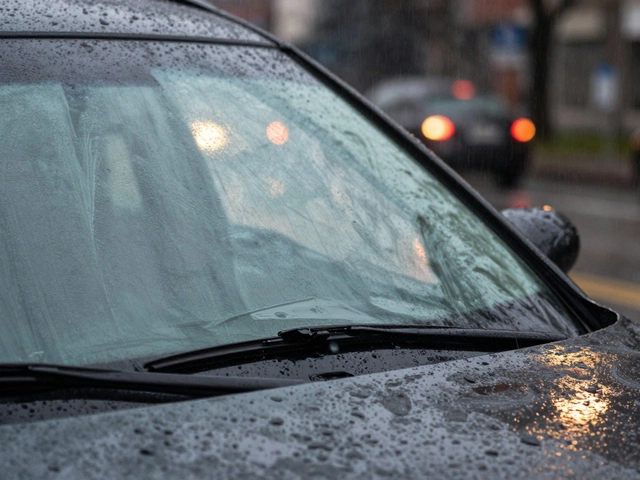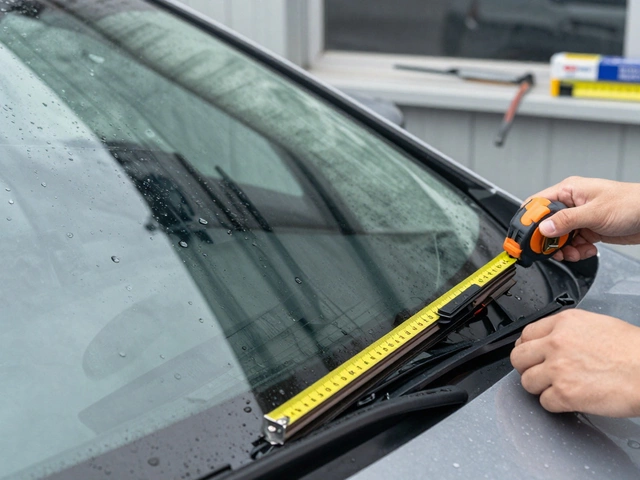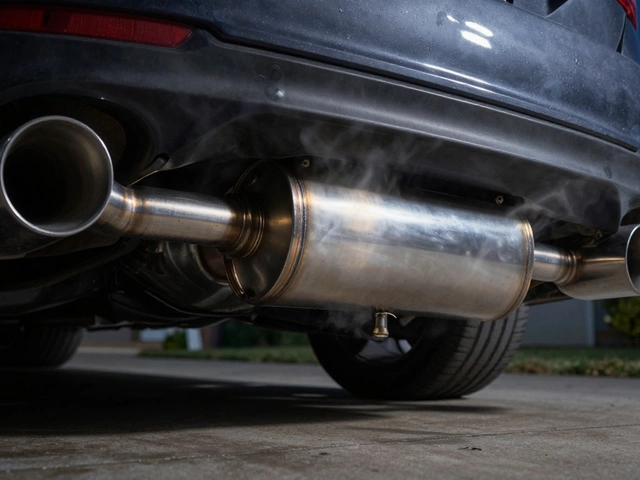Wheel Lifespan: How Long Do Tyres Last and When to Replace Them
When you think about your car’s safety, you probably focus on brakes or engine performance—but the wheel lifespan, the total distance and time your tyres can safely carry your vehicle before they become a risk. Also known as tyre life, it’s the quiet hero of every journey. Most drivers don’t check their tyres until they look worn or start making noise. But by then, it might be too late. Tyres are the only part of your car that actually touches the road. If they’re worn, cracked, or old, your braking, handling, and even fuel economy suffer—no matter how good the rest of your car is.
How long tyres last isn’t just about mileage. It’s a mix of tyre wear, how quickly the tread wears down from driving, braking, and alignment issues, tyre replacement, the point when tyres are no longer safe or legal to use, and car tyres, the rubber components designed to grip the road, absorb shocks, and handle weight. A tyre might have 50,000 miles on it, but if it’s six years old and parked outside in the sun, it could be just as dangerous as a worn-out one. Heat, UV rays, and even sitting idle can cause rubber to break down from the inside. That’s why many experts say replace tyres after six years, even if the tread looks fine.
Signs you’re past your wheel lifespan? Cracks along the sidewalls, uneven tread wear (one side worn more than the other), vibrations when driving, or tyres that are below the legal 1.6mm tread depth. You don’t need a fancy tool to check—just use a 20p coin. If you can see the outer band when you stick it into the tread, it’s time to go. Ignoring this isn’t just risky—it’s illegal in the UK. And the cost of a blowout or longer stopping distance? Way more than a new set of tyres.
What you’ll find below are real, no-fluff guides from drivers and mechanics who’ve been there. From spotting hidden tyre damage to understanding why your front tyres wear faster than the rears, these posts cut through the guesswork. You’ll learn how to stretch your tyre life with simple checks, when to swap them even if they still look good, and why some brands last longer than others in UK conditions. No marketing hype. Just what actually matters for your safety and your wallet.





